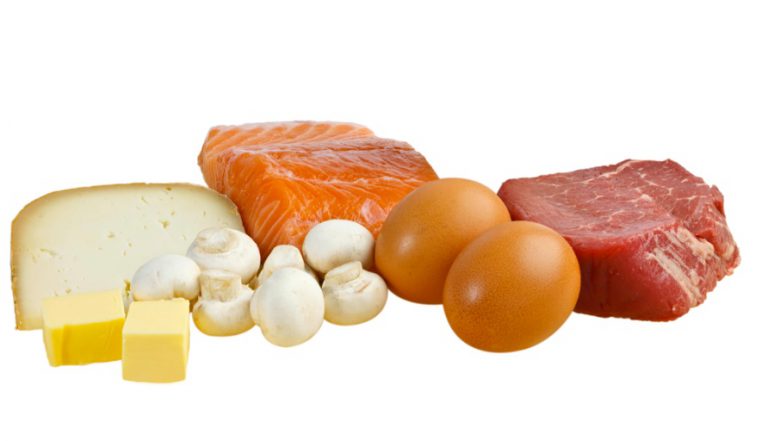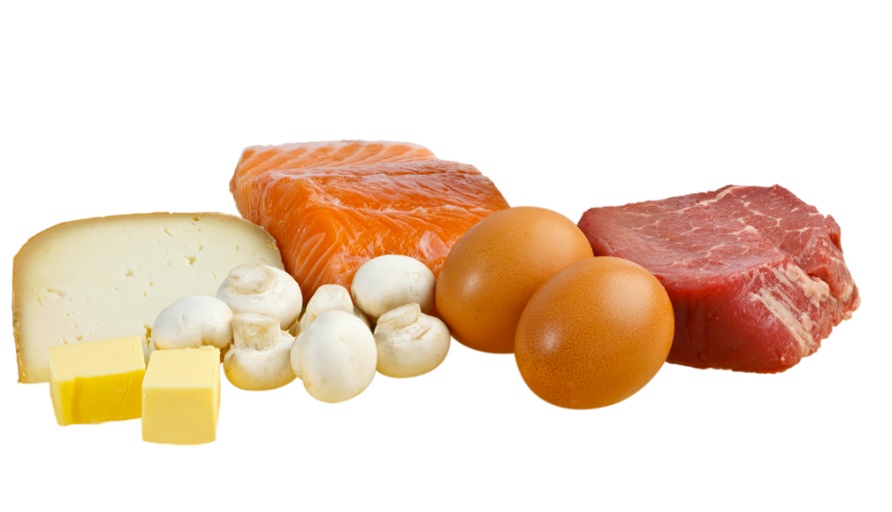Are You Getting Enough Vitamin D?


You would be surprised to learn that one of the few vitamins I recommend people look into taking is Vitamin D.
You would be even more surprised to know that Vitamin D deficiencies is now a recognized pandemic worldwide – and Australia is particularly high on that list.
Yes we live in the sun filled country but hands up to show how many of you actually go outside to enjoy the sun during the week…?
I thought so.
Thanks to longer working hours (what lunch break?!) and a very successful Slip Slop Slap campaign, our exposure to the sun has significantly decreased. No.. pasty white skin isn’t the main problem associated with decreased rays, but rather the health issues that spiral from this occurrence.
The American Journal of Clinical Nutrition states that Vitamin D deficiency causes rickets in children, and will precipitate and exacerbate osteopenia, osteoporosis, and fractures in adults.
The following may scare those who have recently returned from the doctor, blood tests in hand which states low Vitamin D levels (myself included); The associated health risks that may be linked to Vitamin D deficiencies include an increased risk of common cancers, autoimmune diseases, hypertension, and infectious diseases. Older people especially in residential care are more at risk due to sedentary and indoor lifestyle.
Enough to get your attention right?
We all know that direct sun exposure to the skin is the major source for receiving Vitamin D, however understanding the balance between too much sun and too little is important – several minutes of sun outside the hours of 10am to 3pm should do it.
We can also look at our diets for assistance. There are a few food sources that naturally contain Vitamin D such as:
- Egg yolk
- Mushrooms
- Oily fish (salmon, cod liver oil, mackerel etc)
- And of course today there are also many ‘modern’ foods which have been fortified to reduce this issue, most commonly bread, milks, cereals and some cheeses.
Vitamin D levels need to be checked annually by your medical practitioner and they will advise on the correct doses of supplementation for the individual.
In the mean time, get outside and enjoy the sun for 10 minutes every day, and indulge in an egg or two.
Bonus fact: Vitamin D is a fat-soluble nutrient which also promotes the absorption of minerals calcium and phosphorus which helps makes teeth and bones healthily and strong!
References:
Nowson CA, Diamond TH, Pasco JA, Mason RS, Sambrook PN, Eisman JA. Vitamin D in Australia. Issues and recommendations. Aust Fam Physician 2004;33:133-8.
The American Journal Of Clinical Nutrition http://www.ajcn.org/content/87/4/1080S.full
Lee Sutherland – Director of Fitness In The City (Personal Training/bootcamps, Health Coach and Blogger on all things health, natural medicine, nutrition and fitness).
Follow her for more great health tips, recipes and motivation!
Facebook www.facebook.com./fitnessinthecity
Twitter www.twitter.com/fitnessinthcity
Instagram www.Instagram.com/Fitnessinthecity_










